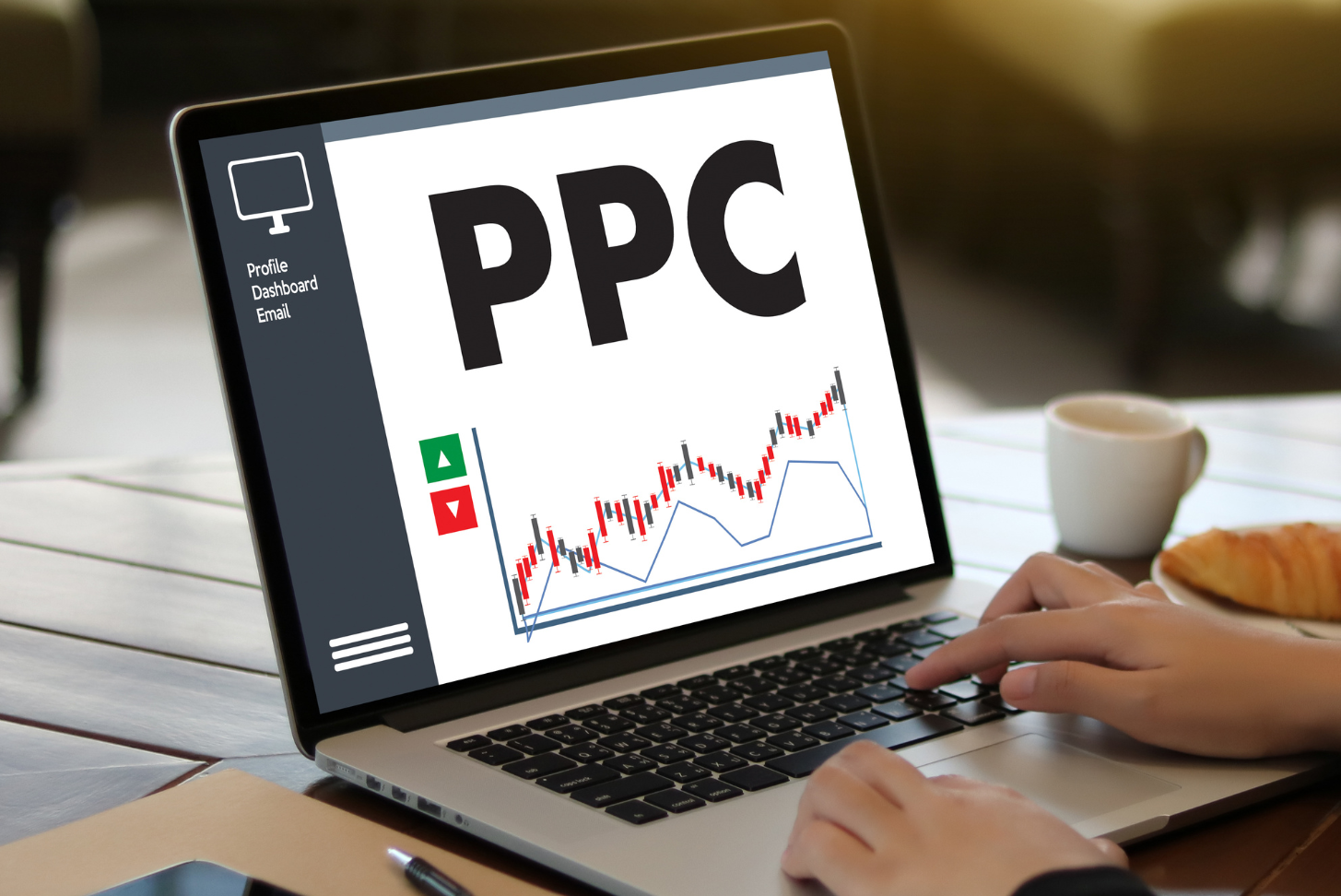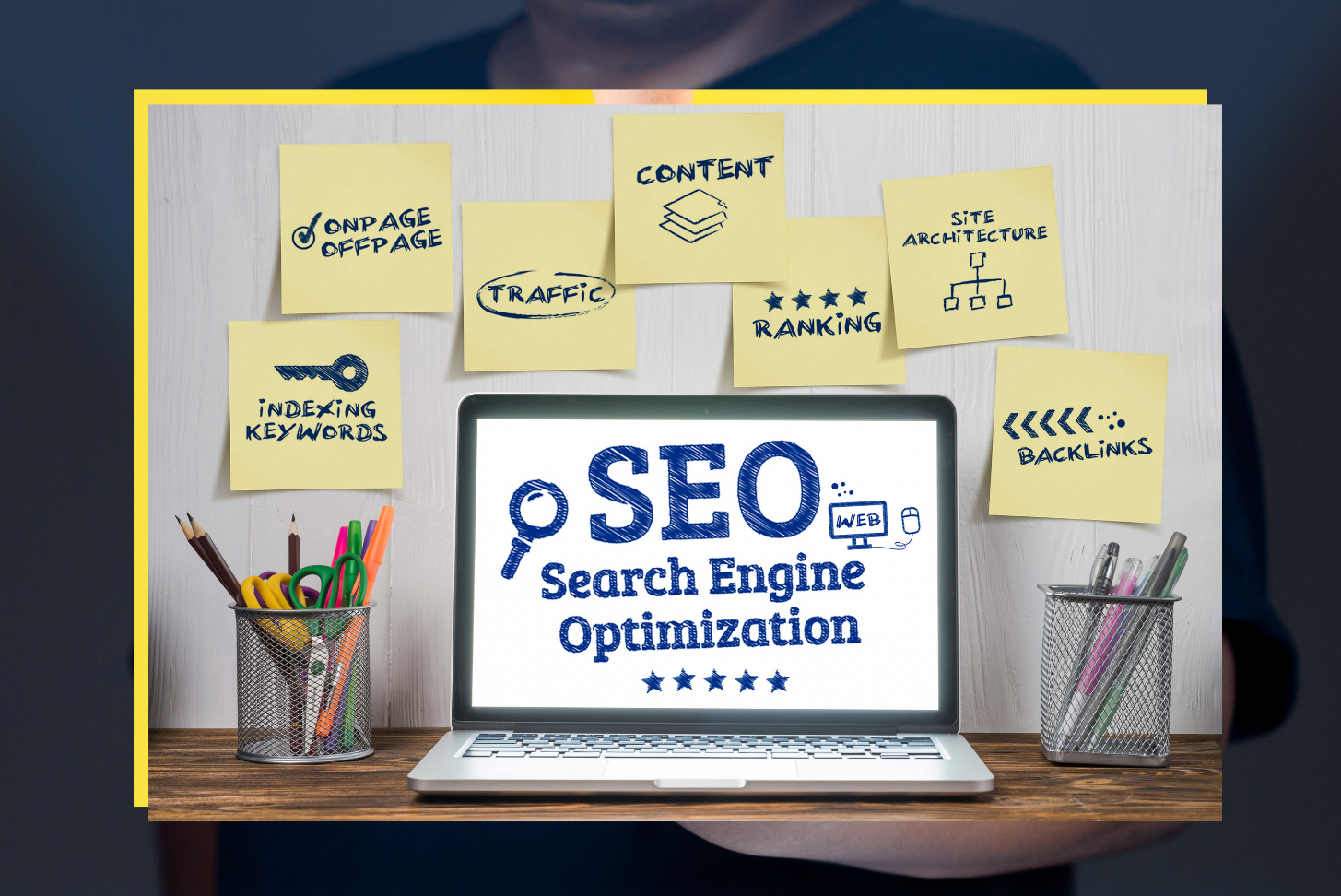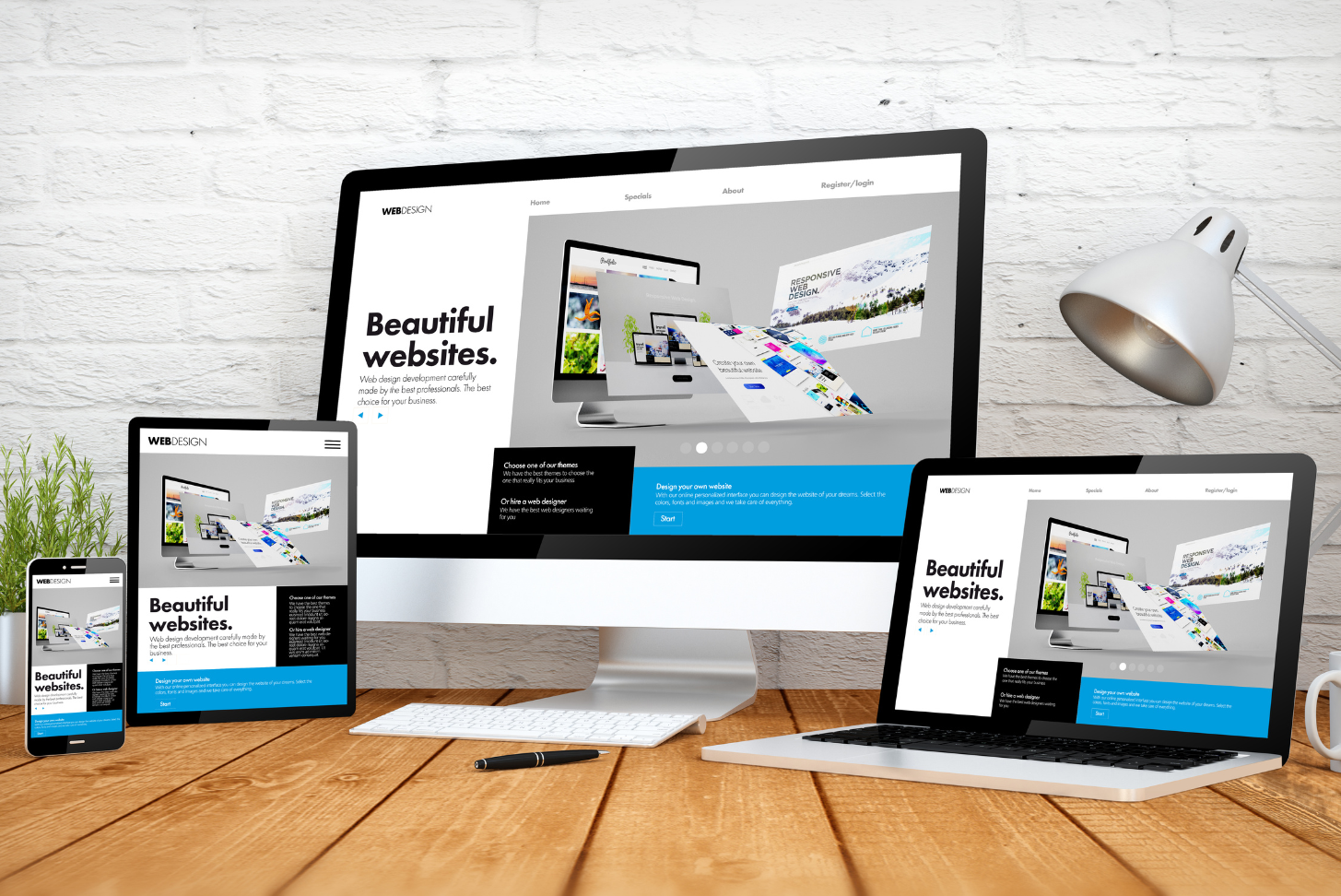
In today's competitive digital landscape, businesses are constantly seeking effective ways to reach their target audience, drive traffic to their websites, and generate leads or sales. Pay-per-click (PPC) advertising has emerged as a powerful tool in the digital marketer's arsenal, offering a highly targeted and measurable way to connect with potential customers and achieve business goals. In this comprehensive guide, we'll delve into the world of PPC advertising, exploring its key components, benefits, best practices, and tips for success.
What is PPC Advertising?
PPC advertising is a digital marketing model in which advertisers pay a fee each time their ad is clicked. It allows businesses to bid for ad placement in search engine results pages (SERPs) or on websites and platforms, targeting specific keywords, demographics, interests, or behaviors. Unlike traditional advertising models, where advertisers pay a fixed cost regardless of performance, PPC advertising offers a more cost-effective and measurable approach, with advertisers only paying when their ads are clicked.
Key Components of PPC Advertising:
Keywords: Keywords are the foundation of PPC advertising. Advertisers select relevant keywords or phrases that their target audience is likely to search for when looking for products or services. These keywords trigger the display of their ads in search engine results or on relevant websites.
Ad Copy:
Compelling ad copy is essential for capturing the attention of potential customers and encouraging them to click on your ads. Advertisers must craft concise, engaging, and relevant ad copy that highlights the unique selling points of their products or services and entices users to take action.
Bid Strategy:
Advertisers set bids for their chosen keywords, indicating the maximum amount they are willing to pay for a click on their ad. Bid strategy plays a crucial role in determining ad placement and visibility, with higher bids often resulting in better positioning in search results or ad placements on websites.
Ad Extensions:
Ad extensions are additional pieces of information that can be included with PPC ads to provide more context and encourage user interaction. Common ad extensions include sitelinks, callouts, call extensions, location extensions, and structured snippets, which enhance the visibility and effectiveness of ads.
Quality Score:
Quality Score is a metric used by search engines like Google to evaluate the relevance and quality of PPC ads and keywords. It takes into account factors such as click-through rate (CTR), ad relevance, landing page experience, and historical performance. A higher Quality Score can lead to lower costs and better ad placement.
Landing Pages:
Landing pages are the web pages where users are directed after clicking on a PPC ad. Optimized landing pages tailored to specific ad campaigns and keywords can significantly impact conversion rates. Landing pages should be relevant, user-friendly, and optimized for conversions, with clear calls-to-action (CTAs) and compelling content.
Benefits of PPC Advertising:
Highly Targeted: PPC advertising allows for precise targeting based on keywords, demographics, location, interests, and more, ensuring that ads reach the most relevant audience segments.
Measurable Results:
PPC campaigns provide detailed performance metrics and insights, allowing advertisers to track key metrics such as clicks, impressions, conversions, and ROI in real-time.
Immediate Results:
Unlike organic search engine optimization (SEO), which can take time to yield results, PPC advertising delivers immediate visibility and traffic to websites, making it ideal for quickly boosting online presence and driving conversions.
Cost-Effective:
With PPC advertising, advertisers have full control over their budgets and bids, enabling them to allocate resources efficiently and optimize campaigns for maximum return on investment (ROI).
Flexibility and Scalability:
PPC campaigns can be easily adjusted, scaled, or paused based on performance, market trends, or business objectives, providing flexibility and agility in adapting to changing circumstances.
Best Practices and Tips for Success:
Keyword Research: Conduct thorough keyword research to identify relevant keywords with high search volume and low competition. Use keyword research tools and analytics data to uncover valuable insights and opportunities.
Compelling Ad Copy:
Write compelling ad copy that grabs attention, communicates value propositions, and includes relevant keywords. Experiment with different messaging, calls-to-action, and offers to optimize ad performance.
Continuous Optimization:
Regularly monitor and optimize PPC campaigns based on performance metrics and data insights. Adjust bids, ad copy, targeting, and landing pages to improve click-through rates, conversion rates, and overall campaign effectiveness.
A/B Testing:
Experiment with different ad creatives, headlines, CTAs, and landing page designs through A/B testing to identify what resonates best with your target audience and drives the highest conversions.
Quality Landing Pages:
Ensure that landing pages are optimized for conversions, with clear and relevant messaging, compelling visuals, and user-friendly layouts. Test different elements of landing pages to improve conversion rates and user experience.
Track and Analyze Performance:
Utilize analytics tools and tracking mechanisms to monitor campaign performance, identify trends, and make data-driven decisions. Measure key metrics such as click-through rate, conversion rate, cost per acquisition, and ROI to gauge campaign effectiveness.
In conclusion, PPC advertising offers businesses a powerful and cost-effective way to reach their target audience, drive traffic, and achieve business objectives. By understanding the key components, benefits, and best practices of PPC advertising, businesses can create successful campaigns that generate meaningful results and contribute to long-term growth and success in the digital marketplace. Whether you're looking to increase website traffic, generate leads, or boost sales, PPC advertising can be a valuable asset in your digital marketing toolkit.
More Articles

Unlocking the Power of Social Media Marketing: Tips for Success
In today's digital landscape, social media has become an indispensable tool for businesses seeking to enhance their online presence and engage with their target audience...
Read all
The Vital Role of Digital Marketing in Today's Business Landscape
In today's hyper-connected world, where consumers are constantly online and competition is fierce, the role of digital marketing has never been more crucial for businesses of all sizes and industries...
Read all
The Evolution of SEO: Navigating the Ever-Changing Landscape
In the fast-paced world of digital marketing, search engine optimization (SEO) remains a cornerstone strategy for enhancing online visibility and driving organic traffic to your website.
Read all
Demystifying PPC Advertising: A Comprehensive Guide for Businesses
In today's competitive digital landscape, businesses are constantly seeking effective ways to reach their target audience, drive traffic to their websites, and generate leads or sales.
Read all
The Essential Role of a Website: Why Your Business Can't Afford to Go Without One
In today's digital age, a website is not just a luxury for businesses—it's a necessity. Whether you're a small local shop or a multinational corporation, having a professional and functional website is crucial for …
Read all
Unlocking Growth: How to Propel Your Business Forward with Digital Marketing
In today's fast-paced and increasingly digital world, leveraging the power of digital marketing is essential for businesses looking to drive growth, expand their reach, and thrive in competitive markets…
Read all